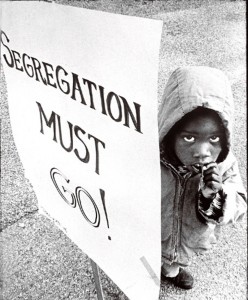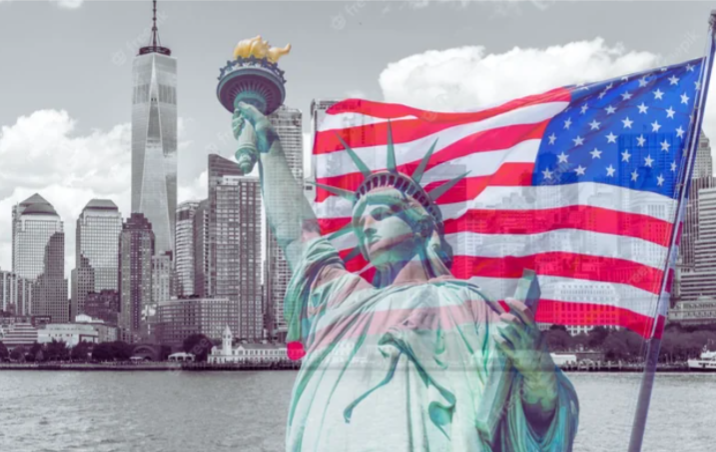(ThyBlackMan.com) A recent report from Harvard University professor Edward Glaeser and Duke University professor Jacob Vigdor finds segregation against Blacks is at the lowest level since 1890. The study looked at census results dating back to 1890. The professors make their finding based on the black suburbanization, gentrification, access to credit, fair housing laws, and immigration. The research from the professors was released by the Manhattan Institute. The findings on their face look promising, but critics cautioned in interviews with USA Today that the study should not be seen as declaring the end of all segregation.
While the reports findings should give the country hope, I for one remain skeptical.
I don’t know if it’s expressly the election of President Obama as the nation’s first Black President, but there is a push now like never before for the United  States to be post-racial. The push of course seems forced like this report from the Manhattan Institute that looks at gentrification and suburbanization as a complete positive for the state of race relations in the country. Granted, Brown University professor John Logan acknowledges that the decrease in segregation via the housing market is one way only.
States to be post-racial. The push of course seems forced like this report from the Manhattan Institute that looks at gentrification and suburbanization as a complete positive for the state of race relations in the country. Granted, Brown University professor John Logan acknowledges that the decrease in segregation via the housing market is one way only.
In an interview with USA Today Logan says:
“There are still no signs of whites moving into what were previously all-minority neighborhoods and there is still considerable white abandonment of mixed areas.”
But even one way desegregation as it’s explained in this report leaves much to be desired… as in the truth.
The Great Recession begun in December of 2007 was created by the collapse of the housing market. A housing market that was booming due to rising home prices, a Presidential administration pushing homeownership, and bankers lowering standards to allow people who would normally never be able to afford a home buy a home at a significantly discounted rate for a short period of time only. The initial mess was exacerbated by bankers bottom feeding to get in on the credit default swaps and derivatives market of the investment banking world that allowed financial institutions and their purveyors to make money off of someone else’s bad investment that turned out to be the world’s bad investment.
This system that led up to the near collapse of Wall Street left one group of people more disproportionately affected than others. The working poor and minorities, Blacks especially, who tried like hell to own a piece of the American dream only to find out later the price of dreams had been raised.
Blacks flight from inner cities to the suburbs has been as much about chasing the American dream as it is about gentrification. Take for example my hometown of Chicago. The image you see as the logo for this website is the shell of the Cabrini Green housing projects on the cities westside. They are no longer standing. Neither are the Robert Taylor Homes that once lined State Street. But those residents are still in the windy city. Some of them were relocated to available homes on the South Side and the West Side where there was some room. But many more were flooded into suburbs, into ready made communities full of subsidized HUD housing made just for them. This forced desegregation in some major cities has been a way to bring back majority populations to trendy neighborhoods of the inner city.
Where at one point living in the suburbs and driving a a long commute into the city was a sign of upward mobility, it is now a sign of sheer stupidity. Who the hell wants to live in the boonies and fill up the gas tank every three days or take commuter trains into work when they can live in the city and get around for two bucks.
The report from the Manhattan Institute is noble but it remains a disparate attempt at creating a kumbaya type of racial harmony in the United States that has yet to exist naturally on its own.
Strides have been made in tolerance and combatting racism and discrimination and prejudice; but just because a few large leaps of faithful belief in humanity have been made doesn’t mean we should be naïve to think we’ve made headlong dives into the deep end of accepting everyone as they are the way they are.
Do you think the Manhattan Institute report on the decrease in segregation is indicative of present-day America or an America to come?
Staff Writer; Nikesha Leeper
To connect with this sister feel free to visit; Change Comes Slow.

















Two words: Manhattan Institute